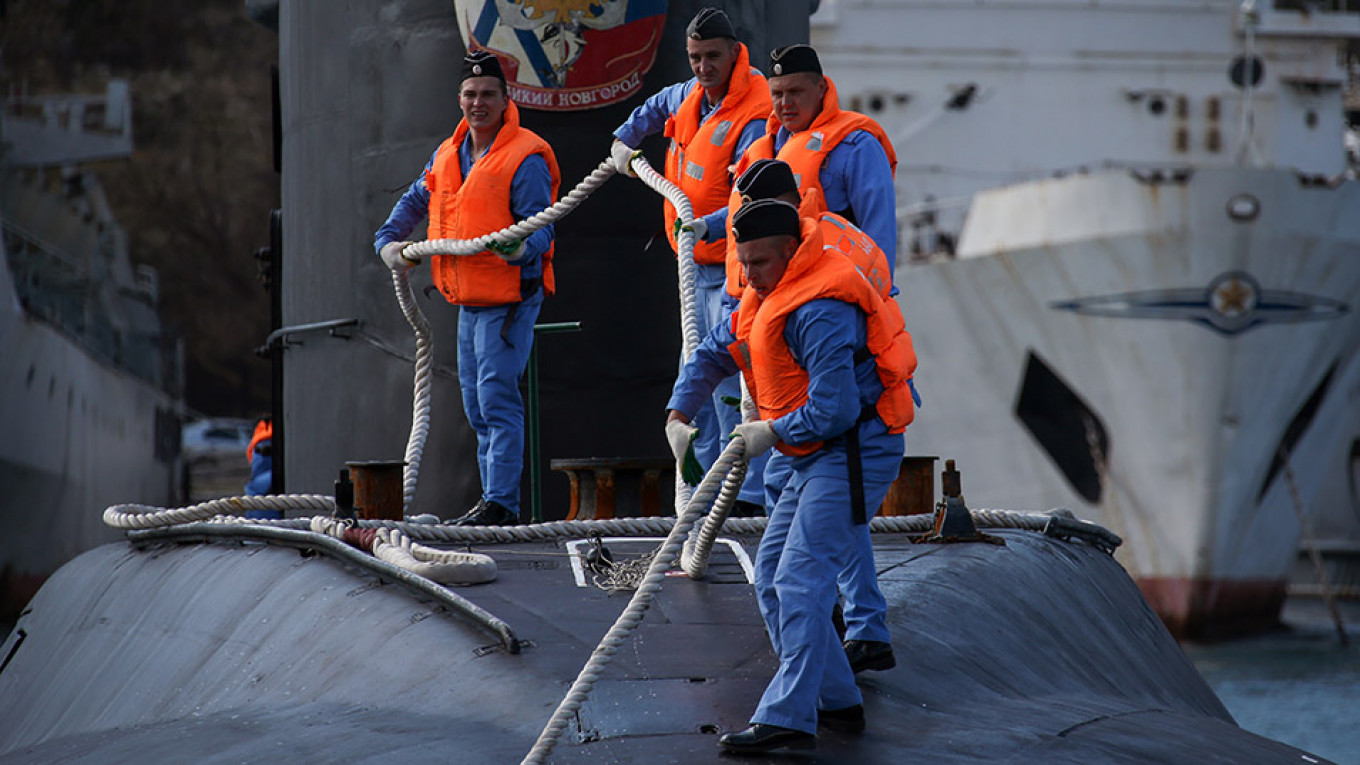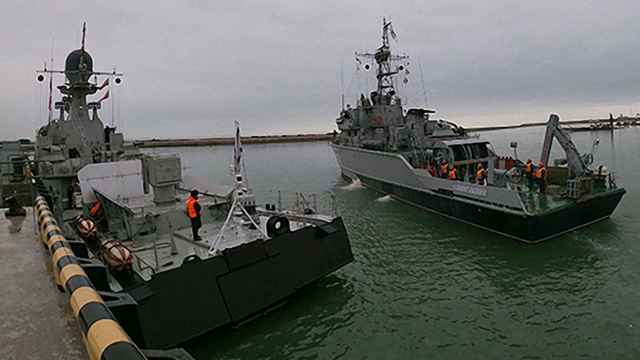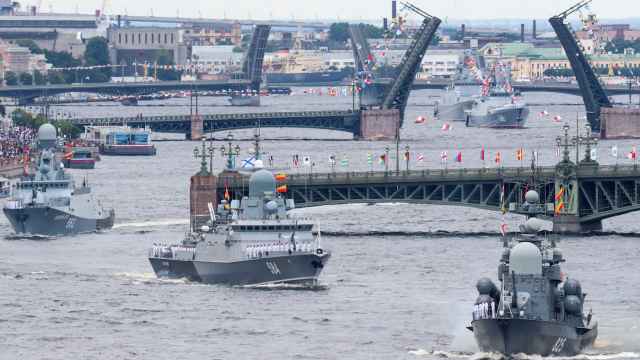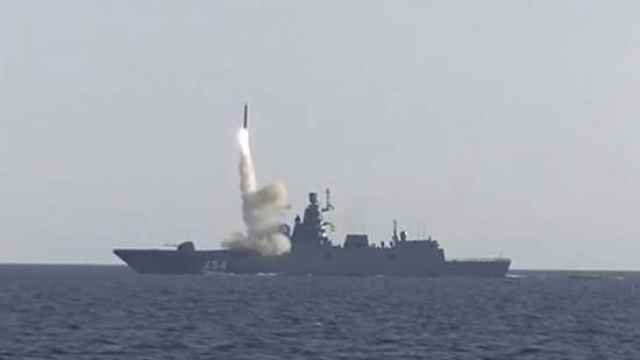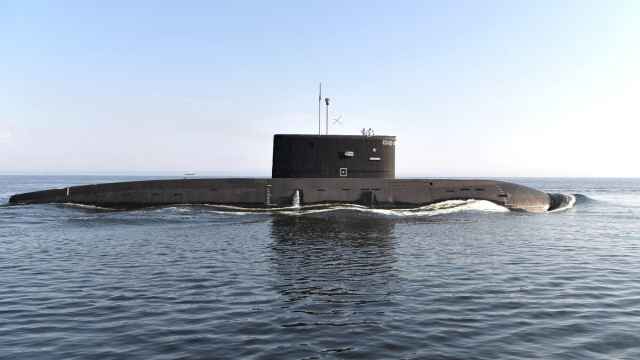Fourteen sailors were killed in a fire on board a Russian Defense Ministry research vessel while carrying out a survey of the sea floor off Russia's Arctic coast.
President Vladimir Putin has dispatched Defense Minister Sergei Shoigu to Severomorsk, the Russian naval base on the Barents Sea where the submarine is now located, to find out what caused the incident and report back to him.
Here’s what we know so far:
— The incident took place on Monday — nearly a day before the news was released — in Russian territorial waters in the Barents Sea, Shoigu reported to Putin.
— The 14 sailors died of smoke inhalation, Shoigu told Putin late on Tuesday. He said the crew extinguished the fire “through their decisive action.”
— On Thursday, Shoigu told Putin that the fire had erupted in the submarine's battery compartment.
— A Navy commission has been tasked with investigating the cause of the tragedy and a military branch of Russia’s Investigative Committee has opened an inquiry into the deaths.
— The Defense Ministry had informed Putin of the accident on the day it occurred, Kremlin spokesman Dmitry Peskov said on Wednesday.
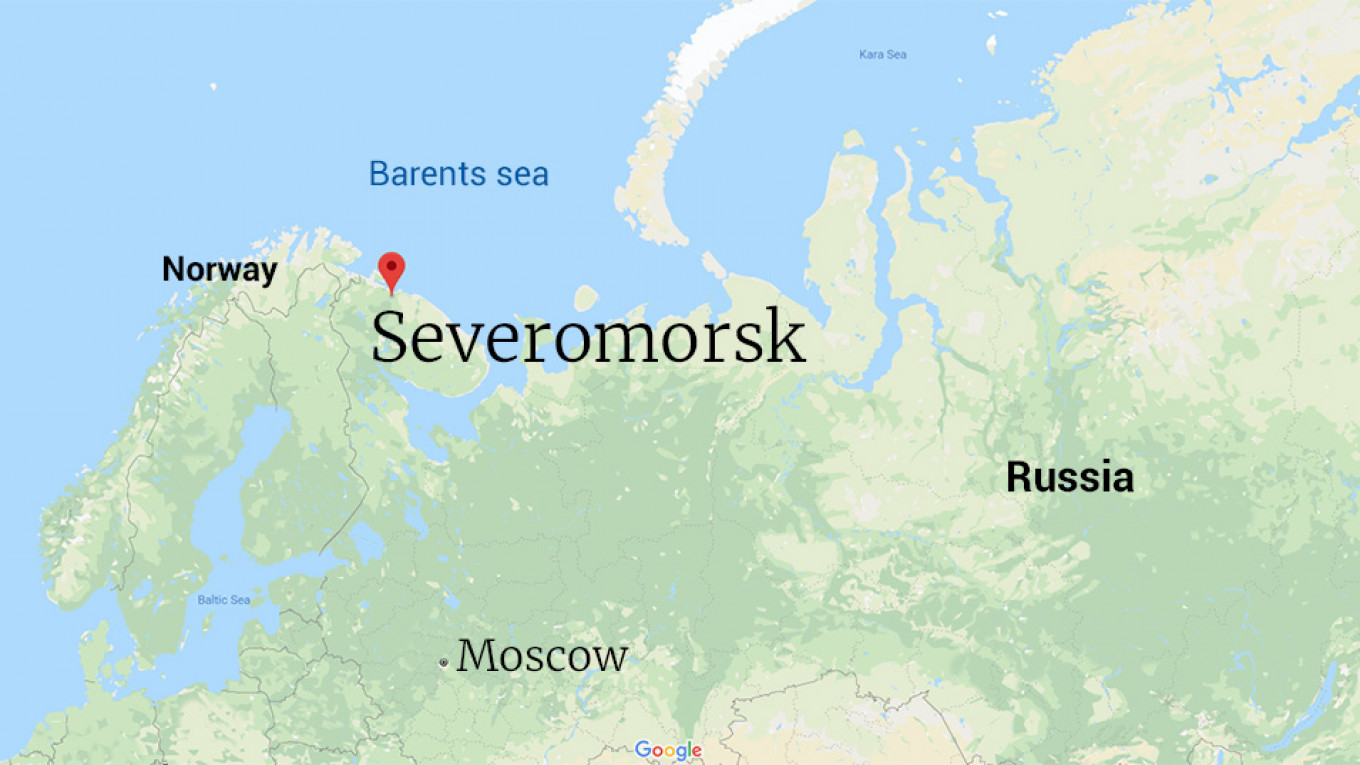
The submarine
— Putin disclosed on Thursday — three days after the incident — that the submarine was nuclear-powered, prompting Shoigu to assure him that its nuclear reactor had been contained.
— An unnamed source in the security forces told the RBC news website the incident took place on the AS-31, a secretive deep-sea nuclear submarine.
— Launched in 2003, the submarine nicknamed Losharik was designed for research, rescue and special military operations, and can hold up to 25 crew members.
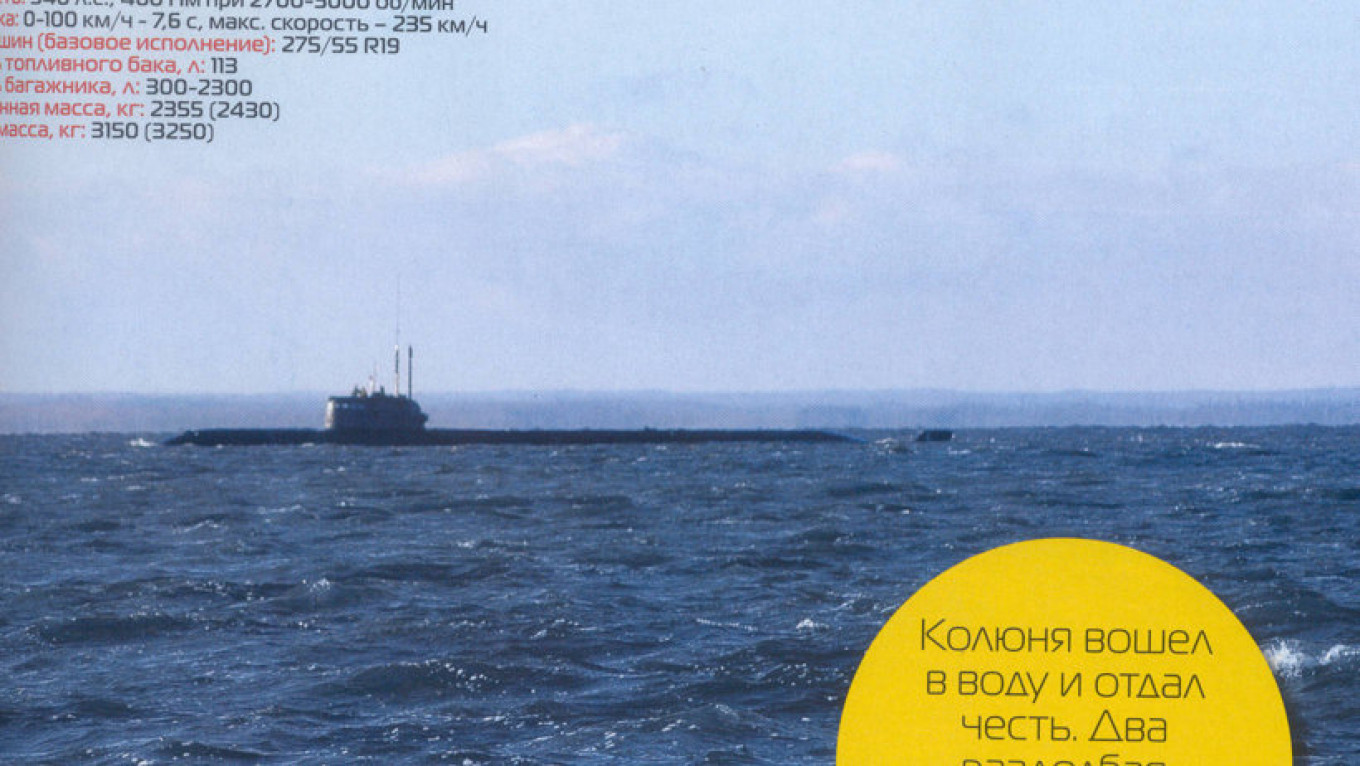
— It is made from a series of interconnected spheres, making it stronger than conventional submarine designs and allowing it to resist water pressure at great depths.
— Analysts believe the vessel is a key asset of GUGI, the Defense Ministry’s Main Directorate of Deep-Sea Research, and not part of the Russian Navy. St. Petersburg’s fontanka.ru news website and the Kommersant business daily reported that Losharik’s crew members allegedly belong to a military unit that reports to GUGI.
Casualties
— The Defense Ministry on Thursday released the names of the 14 sailors who were killed, saying that they “at the cost of their lives eliminated the source of the fire to rescue their comrades and the deep-water apparatus.”
— Of the 14 casualties, seven held the rank of captain 1st rank and two had held the Hero of Russia award, the highest military honor issued in the post-Soviet period.
— Shoigu confirmed that there were survivors, but did not specify how many. Anonymously sourced reports suggested four to five crew members survived the fire.
— An Orthodox cathedral in Murmansk, a city north of Severodvinsk, had listed 14 names in its announcement of a service “for the fallen seamen-submariners” on Wednesday evening.
Reactions
— Putin called the incident "a great loss for the [Northern] Fleet, and indeed for the Army."
— Acting governor of St. Petersburg Alexander Beglov and Murmansk region governor Andrey Chibis expressed their condolences to the victims.
— “The Losharik incident will likely have a deep operational impact on [GUGI], given how advanced and relatively few these submarines are,” a former U.S. National Security Council staffer told the Radio Free Europe/Radio Liberty news outlet.
— The United States has allegedly not received requests for assistance from the Russian government, a U.S. 6th Fleet spokesperson told the U.S. Naval Institute’s USNI News website.
— Norwegian officials said they had been in touch with their Russian counterparts and were monitoring, but had not detected abnormally high levels of radiation.
— Colleagues around the world, including the U.S., will mourn the loss of 14 Russian sailors because of a “special bond between all submariners,” wrote Washington Examiner columnist Tom Rogan.
Past accidents
— This is the largest accident to take place on a Defense Ministry submarine since 2008, when a freon gas leak on the nuclear-powered submarine Nerpa killed 20 and injured 21.
— In August 2000, the Russian nuclear-powered submarine Kursk sank to the floor of the Barents Sea after two explosions in its bow, killing all 118 men aboard. That accident, soon after Putin took office, focused official attention on the state of the military and its hardware, which had been underfunded and neglected after the collapse of the Soviet Union.
Reuters contributed reporting to this article.
A Message from The Moscow Times:
Dear readers,
We are facing unprecedented challenges. Russia's Prosecutor General's Office has designated The Moscow Times as an "undesirable" organization, criminalizing our work and putting our staff at risk of prosecution. This follows our earlier unjust labeling as a "foreign agent."
These actions are direct attempts to silence independent journalism in Russia. The authorities claim our work "discredits the decisions of the Russian leadership." We see things differently: we strive to provide accurate, unbiased reporting on Russia.
We, the journalists of The Moscow Times, refuse to be silenced. But to continue our work, we need your help.
Your support, no matter how small, makes a world of difference. If you can, please support us monthly starting from just $2. It's quick to set up, and every contribution makes a significant impact.
By supporting The Moscow Times, you're defending open, independent journalism in the face of repression. Thank you for standing with us.
Remind me later.


